Determining size potential of tree
maries1120
11 years ago
Related Stories
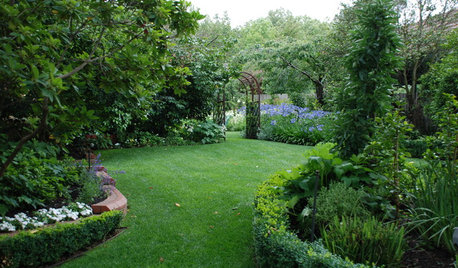
LANDSCAPE DESIGNHow to Tap the Potential of a Big Side Yard
The expanse is a chance to design something that's grand yet inviting and in tune with the home
Full Story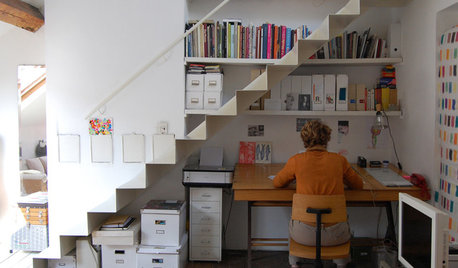
THE ART OF ARCHITECTUREDesign Practice: Why Saying No Can Be Good for Business
When talking with potential clients, ask yourself these questions to determine whether you should accept — or pass on — the job
Full Story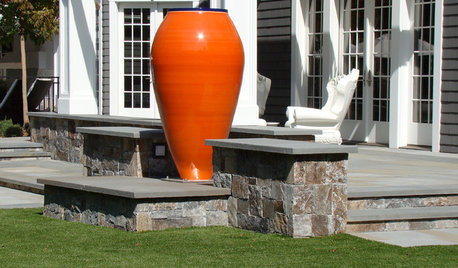
GARDENING AND LANDSCAPINGUrns Hold Huge Potential for Garden Decorating
Classic urns have uses far beyond holding olive oil and flowers. See how to use them as unexpected sculpture and more in the landscape
Full Story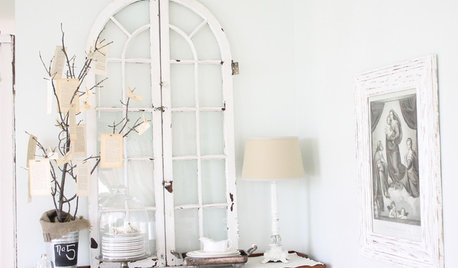
DECORATING GUIDESUncover Your Junk's Hidden Decorating Potential — Scads of DIY Ideas
Release your typewriter's inner planter or a drum set's coffee table. These creative ideas will have you seeing the possibilities
Full Story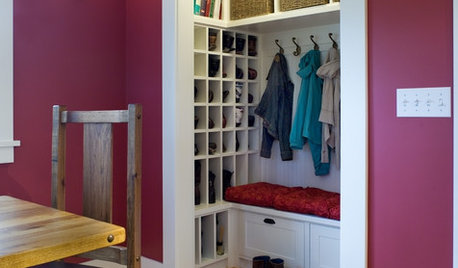
THE HARDWORKING HOMEHow to Tap Your Hall Closet’s Storage Potential
The Hardworking Home: Check out these design ideas for every space and budget
Full Story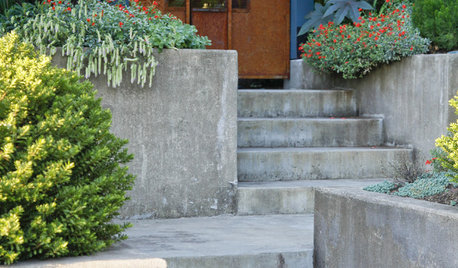
GARDENING AND LANDSCAPING3 Overlooked Spaces With Great Garden Potential
Turn neglected outdoor areas into assets with thoughtful plantings and designs, for gardens as unexpected as they are appealing
Full Story
EDIBLE GARDENSHow to Grow 10 Favorite Fruit Trees at Home
Plant a mini orchard in fall, winter or early spring to enjoy fresh-off-the-tree fruit the following year
Full Story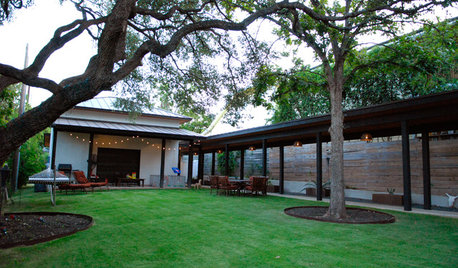
TREESHow to Protect Your Trees When You’re Remodeling or Building
Will your home be undergoing construction this year? Be sure to safeguard your landscape’s valuable trees
Full Story
WINTER GARDENINGHow to Help Your Trees Weather a Storm
Seeing trees safely through winter storms means choosing the right species, siting them carefully and paying attention during the tempests
Full Story
TREESHow to Buy Healthy Trees and Shrubs
A healthy young plant with a strong form is more likely to do well in your yard. Here’s what to look for at the nursery
Full StoryMore Discussions









Toronado3800 Zone 6 St Louis
WxDano
Related Professionals
Benbrook Landscape Architects & Landscape Designers · Saint Louis Park Landscape Architects & Landscape Designers · Newcastle Landscape Architects & Landscape Designers · Mooresville Landscape Contractors · Longmont Landscape Contractors · Northbridge Landscape Contractors · Overland Park Landscape Contractors · North Hills Landscape Contractors · Black Forest Siding & Exteriors · Marion Siding & Exteriors · Saint Petersburg Siding & Exteriors · South Plainfield Siding & Exteriors · Beavercreek Decks, Patios & Outdoor Enclosures · Bonney Lake Decks, Patios & Outdoor Enclosures · Boynton Beach Decks, Patios & Outdoor Enclosuresmaries1120Original Author
brandon7 TN_zone7
ken_adrian Adrian MI cold Z5
maries1120Original Author
whaas_5a
maries1120Original Author